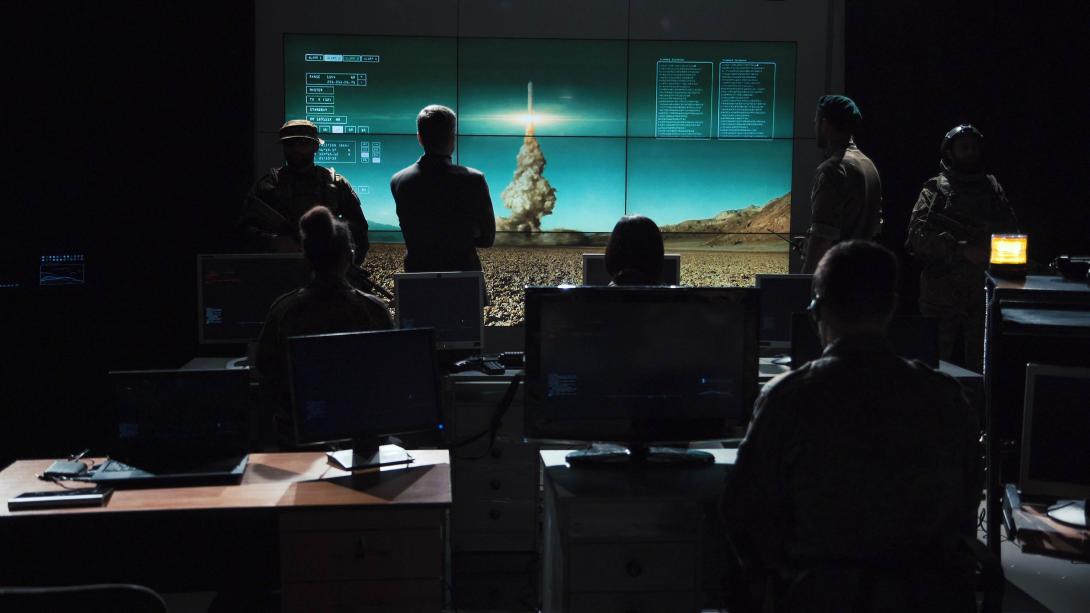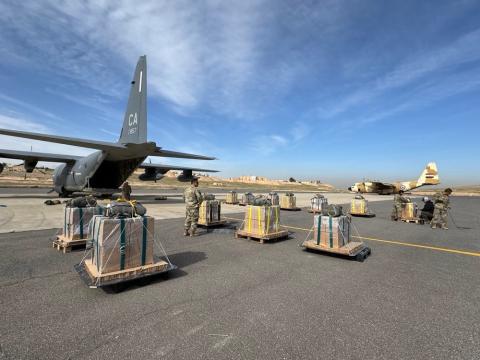DISA C2 Upgrade Dramatically Expands Target Tracking
In early March, the Defense Information Systems Agency (DISA) released version 6.1 of the Global Command and Control System-Joint (GCCS-J), which added an ability to track nearly 1 million objects—think moving objects of military interest, such as tanks, trains, trucks, aircraft, ships and individuals. Previously the system could track mere thousands of moving targets.
“This release primarily focused on the infrastructure update to ensure that GCCS-J can track close to a million objects in motion, which is huge. It broadens the scope of how much data we're able to interact with and essentially allows us to expand on how much data we are able to correlate and infuse in order to get decisions out the door,” said Caroline Bean, who leads DISA’s Joint Enterprise Services Directorate.
DISA provided a web-based version of GCCS-J last year, which allows the United States and select foreign countries to easily access data from anywhere without installing the application at each site. Australia, Canada, Italy, Japan, New Zealand and the Netherlands have access through foreign military sales agreements.
Next, DISA is on track to bring the Joint Planning and Execution System (JPES) online before 2025. Initially, it will run alongside its predecessor, the Joint Operational Planning and Execution System, which will be taken offline in the following months. JPES helps define missions, identify units to be mobilized, plan deployments and determine what cargo they will need.
“JPES is the system that we use for the planners to identify the units of the force that are required to execute a joint operation. It does the coordination and the execution of the deployment into and out of those joint operation areas,” Bean noted. “It supports all of the Defense Department deliberate planning, any crisis action planning, allocation, execution, global force management processes, and then, of course, the global command and control mission. If a crisis happens anywhere in the world, and the U.S. military needs to respond with the deployment of any forces to assist or counteract the crises, JPES is really the system that's used to pull all of that together.”

This release primarily focused on the infrastructure update to ensure that GCCS-J can track close to a million objects in motion, which is huge.
Unlike its predecessor, JPES also will be available via web browser. “JPES is in development right now—I want to kind of make that clear—and we plan on tracking that delivery at the end of the [calendar] year in 2024. So then, what we'll do eventually, when JPES gets released toward the end of the year here, we'll be able to sunset [Joint Operation Planning and Execution System] a few months after that,” Bean reported, adding that the agency must first ensure the effective migration of data and other functions.
The enhancements balance cybersecurity needs and usability, Bean said, and allows access from a variety of devices. “Cybersecurity is a big thing. There's always that balance of user experience and cybersecurity, and we're always playing that balancing act, but we were able to do that with the user interface,” she explained. “It can run on desktops, tablets, even a smartphone using the same code base that we put out for JPES and our own application. It also reduces some of the data duplication and the point-to-point interfaces while remaining interoperable, still with multiple systems.
For more on DISA, be sure to check out the May issue of SIGNAL Magazine.




